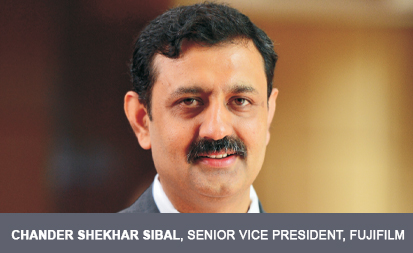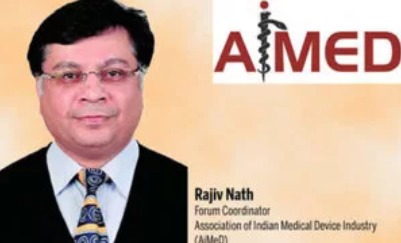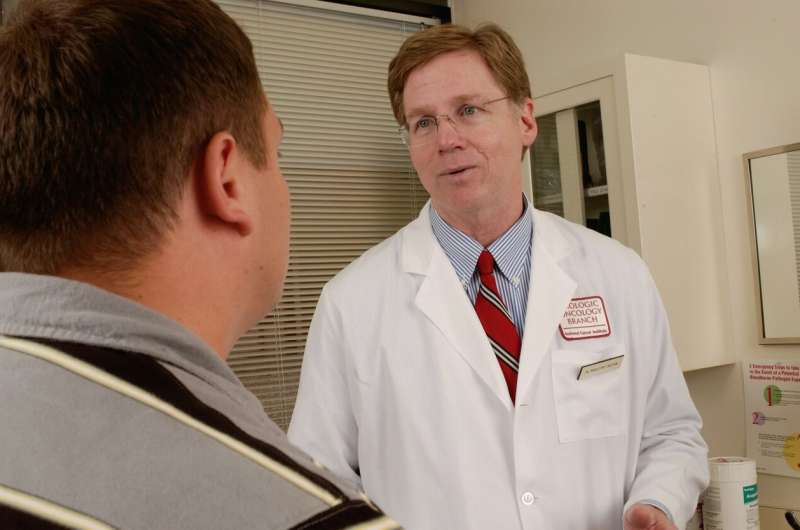Challenges faced by the Indian Imaging & Diagnostic Sector
Adapting to changing times and evolving for the betterment is not as easy as it sounds. There are challenges and hurdles that need to be overcomed. The medical industry is currently undergoing a paradigm shift

Adapting to changing times and evolving for the betterment is not as easy as it sounds. There are challenges and hurdles that need to be overcomed. The medical industry is currently undergoing a paradigm shift from a typical hospital setup to a smart hospital or digital health setup. We understand that with change comes challenge and hence, the medical industry is surrounded by many things like infrastructure, resources, support and cooperation from the patients and much more.
With the rapid increase in the ever evolving technology, there is not even one field today that can survive without the support of technology. Artificial intelligence has blended in our lives like it is a daily need. The medical industry is also making efforts to include artificial intelligence in order to achieve a better perspective and performance. The inclusion of technology has led to faster, easier and accurate treatments. It has helped the doctors to understand the target problem and curate therapies to eliminate the same. AI is believed to provide better decision making capabilities and deliver accurate insights with little or no error.
The diagnostic and imaging industry is one of the successful examples of incorporation of AI in the medical industry. It is because of the constant evolutions made in this industry has helped find solutions to the deadliest of diseases. There are no two ways in saying that artificial intelligence is the future. With the help of AI, doctors can analyse and understand a wider range of data, predict, prescribe and curate therapies that are also personalized for the specific needs of the patient. With further research and experiments, they are guiding in formulating newer and more effective drugs.
With the ongoing pandemic rise, the medical industry is facing an adverse impact. The frontline healthcare workers are facing various challenges across cost, quality, accuracy and treatments. Aspects like infrastructure and manpower are few of the major obstacles being faced in India. This along with the lack of radiologists, researchers, diagnosers and connectivity is leading to an overall delay in treatment of patients. Due to insufficient diagnostic and imaging centres, people often have to travel kilometers in order to get the right treatment. According to Edelweiss Professional Investor Research report (2020), the number of accredited labs in India are 1,216 in 2020 than 576 in 2015. There is still a long way ahead to reach 10 labs per million that countries like the UK, USA and Australia have. Despite having enough capital, infrastructure is still at a shortfall.
Preset notions and the fact that resources are not being applied properly has initiated a constant fear amongst people to get themselves checked. Especially now, with COVID around, people have become apprehensive to visit the doctor. At such times telehealth or connected – health plays a crucial role. Smart sensors, wearable devices, and smart health monitoring systems are making their way in our lives. The Internet of Things or IoT as it is known, is enabling doctors to treat and attend their patients virtually. There will soon be a time when the patients will see a computer first before a doctor.
The growing role of technology will play a crucial role in helping doctors connect with their patients digitally and educate them about various therapies and treatments through videos and animations. In this drive towards ‘Digital Health’ while we might face some challenges like cybersecurity and data breach, however it will largely contribute in designing smart hospitals that help transition towards more care outside the typical hospital setting.






